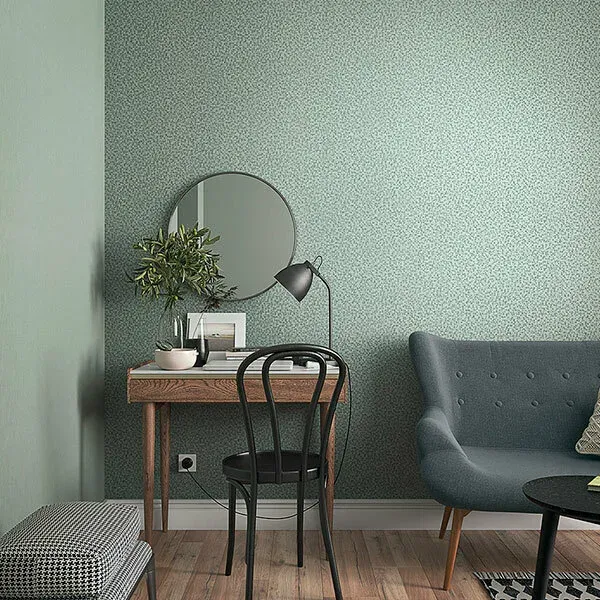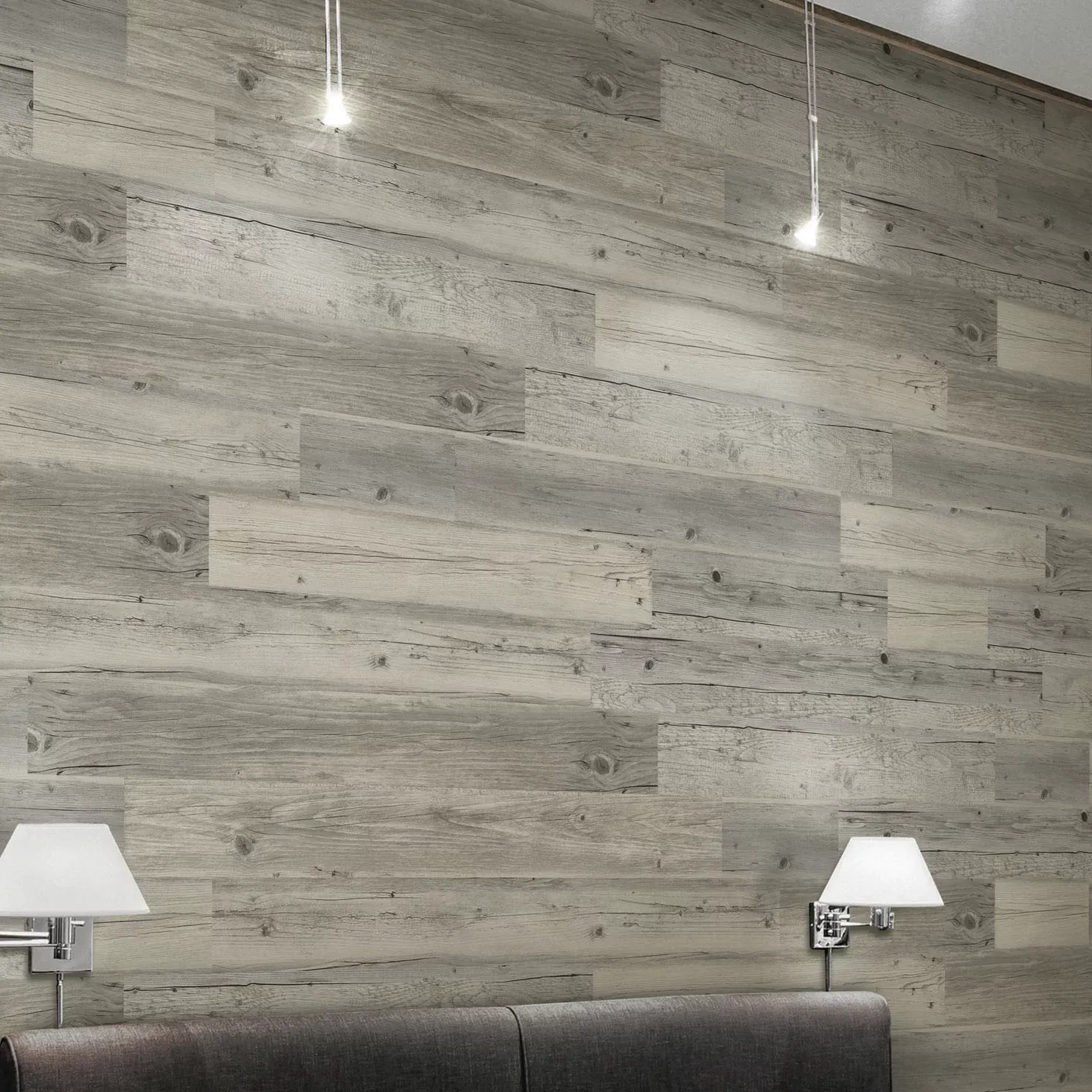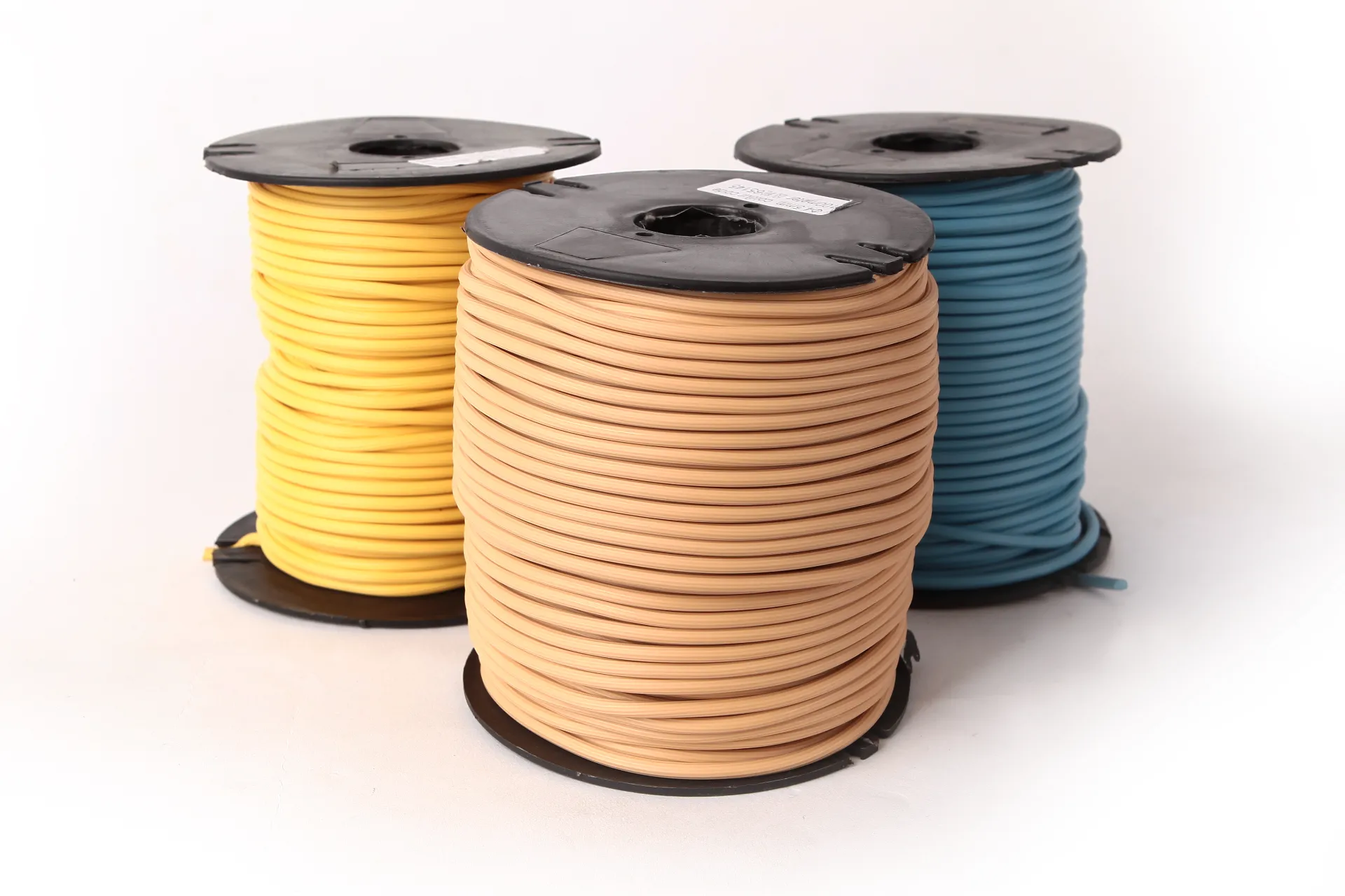
- Afrikaans
- Albanian
- Amharic
- Arabic
- Armenian
- Azerbaijani
- Basque
- Belarusian
- Bengali
- Bosnian
- Bulgarian
- Catalan
- Cebuano
- Corsican
- Croatian
- Czech
- Danish
- Dutch
- English
- Esperanto
- Estonian
- Finnish
- French
- Frisian
- Galician
- Georgian
- German
- Greek
- Gujarati
- Haitian Creole
- hausa
- hawaiian
- Hebrew
- Hindi
- Miao
- Hungarian
- Icelandic
- igbo
- Indonesian
- irish
- Italian
- Japanese
- Javanese
- Kannada
- kazakh
- Khmer
- Rwandese
- Korean
- Kurdish
- Kyrgyz
- Lao
- Latin
- Latvian
- Lithuanian
- Luxembourgish
- Macedonian
- Malgashi
- Malay
- Malayalam
- Maltese
- Maori
- Marathi
- Mongolian
- Myanmar
- Nepali
- Norwegian
- Norwegian
- Occitan
- Pashto
- Persian
- Polish
- Portuguese
- Punjabi
- Romanian
- Russian
- Samoan
- Scottish Gaelic
- Serbian
- Sesotho
- Shona
- Sindhi
- Sinhala
- Slovak
- Slovenian
- Somali
- Spanish
- Sundanese
- Swahili
- Swedish
- Tagalog
- Tajik
- Tamil
- Tatar
- Telugu
- Thai
- Turkish
- Turkmen
- Ukrainian
- Urdu
- Uighur
- Uzbek
- Vietnamese
- Welsh
- Bantu
- Yiddish
- Yoruba
- Zulu
Ipa ti Ilẹ-ilẹ Iṣowo lori Iṣelọpọ Ọfiisi ati Ninilaaye Oṣiṣẹ
The design and functionality of office spaces are crucial in shaping the productivity and overall well-being of employees. While factors such as lighting, layout, and ergonomic furniture often dominate workplace design conversations, the flooring choice is an equally important element that can significantly influence both productivity and employee health. From comfort to aesthetics, the right flooring material can help create a conducive working environment that supports both the physical and mental well-being of staff. Let’s explore how owo ti ilẹ ni ipa lori iṣelọpọ ọfiisi ati alafia awọn oṣiṣẹ.
Imudara Itunu ati Idinku Rirẹ Pẹlu Ilẹ-ilẹ Iṣowo
Ọkan ninu awọn ọna taara julọ ninu eyiti ilẹ-ilẹ ti kan awọn oṣiṣẹ jẹ nipasẹ itunu. Awọn oṣiṣẹ nigbagbogbo lo awọn wakati pipẹ lati joko tabi duro ni awọn tabili wọn, wiwa si awọn ipade, tabi rin ni ayika ọfiisi. Iru ilẹ-ilẹ ti a lo ni awọn agbegbe wọnyi le ni ipa bi itunu wọn ṣe rilara lakoko awọn iṣẹ ṣiṣe ojoojumọ wọn.
Cushioned flooring such as carpet tiles or rubber flooring offers a soft surface that can reduce the strain on legs, feet, and lower backs, particularly in standing or walking-intensive roles. These types of floors also help absorb shock, minimizing fatigue and discomfort. In comparison, harder surfaces like tile or hardwood can cause more pressure on joints over time, leading to discomfort and potential health issues.

Additionally, ergonomic floor mats placed in high-traffic areas can further enhance comfort by providing additional support for standing employees. By reducing physical strain, the right flooring choices can help employees feel more comfortable and energized throughout their workday, which can improve focus and productivity.
Awọn anfani Akositiki: Idinku Idoti Ariwo Nipa Ilẹ-ilẹ Iṣowo
Awọn ipele ariwo ni ọfiisi le ni ipa nla lori ifọkansi, idojukọ, ati itẹlọrun oṣiṣẹ lapapọ. Àwọn ọ́fíìsì ìmọ̀, ní pàtàkì, lè jìyà ìbàyíkájẹ́ ariwo, níbi tí ọ̀rọ̀ ìfọ̀rọ̀wérọ̀ léraléra, àwọn ìpè fóònù, àti ìṣíkiri ti dá àyíká tí ń pínyà níyà. Yiyan ti ilẹ le ṣe ipa pataki ni idinku ipa ti ariwo ni aaye iṣẹ.
Carpeted flooring, particularly plush or thick carpets, is known for its sound-absorbing qualities. This type of flooring helps to reduce echo and minimize the transmission of noise between rooms or across workspaces. Similarly, rubber flooring can help absorb sound and dampen the noise from footsteps or machinery, making it ideal for areas like hallways, meeting rooms, or fitness spaces within an office.
Nipa didasilẹ awọn idamu ariwo, owo mabomire ti ilẹ le mu agbara awọn oṣiṣẹ pọ si lati ṣojumọ lori awọn iṣẹ ṣiṣe laisi kikọlu ti ariwo ayika. Ayika ti o dakẹ ti o yọrisi ṣe atilẹyin ibaraẹnisọrọ to dara julọ, ifowosowopo, ati itẹlọrun iṣẹ gbogbogbo, gbogbo eyiti o ṣe alabapin si iṣelọpọ giga.
Apetunpe darapupo ati Oṣiṣẹ Morale Nipa Ilẹ-ilẹ Iṣowo
Ipa wiwo ti ti ilẹ resini owo ko yẹ ki o underestimated. Ilẹ-ilẹ ṣe alabapin si ẹwa gbogbogbo ti ọfiisi, ṣeto ohun orin fun aaye ati ni ipa idahun ẹdun ti awọn oṣiṣẹ. Apẹrẹ daradara, ọfiisi ti o wuyi le ṣẹda ori ti igberaga ati nini, iwuri awọn oṣiṣẹ ati imudara iriri gbogbogbo wọn ni iṣẹ.
For example, wooden floors, with their sleek and natural appearance, can bring warmth and sophistication to an office environment. On the other hand, brightly colored floors or innovative patterned tiles can inject energy and creativity into creative spaces, sparking innovation and enthusiasm. Flooring can even be used to demarcate zones within a larger office, helping employees navigate different areas and creating a sense of order and focus.
Ọfiisi itẹlọrun darapupo kii ṣe ṣẹda oju-aye aabọ nikan ṣugbọn tun ṣe alekun iwa ati itẹlọrun iṣẹ. Nigbati awọn oṣiṣẹ ba lero pe agbegbe iṣẹ wọn jẹ apẹrẹ ni ironu, wọn le ni imọlara iye, eyiti o le mu iwuri wọn pọ si ati alafia gbogbogbo.
Awọn imọran Ilera: Idinku Awọn eewu ti awọn isokuso ati isubu Nipa Ilẹ-ilẹ Iṣowo
Ilera ati ailewu ti awọn oṣiṣẹ jẹ pataki julọ ni eyikeyi eto ọfiisi. Ilẹ-ilẹ ṣe ipa to ṣe pataki ni idilọwọ awọn ijamba, pataki ni awọn agbegbe ti o ni itusilẹ si itusilẹ tabi ijabọ ẹsẹ giga. Ni awọn agbegbe bii awọn ibi idana ounjẹ, awọn yara isinmi, tabi awọn ọna iwọle, yiyan iru ilẹ-ilẹ ti o tọ le ṣe idiwọ awọn ipalara ibi iṣẹ, bii isokuso ati isubu.
Anti-slip flooring materials, such as textured vinyl, rubber, or even some types of tile, are ideal for high-risk areas. These surfaces provide better traction, even when wet, reducing the likelihood of falls. In offices where employees are frequently moving between different areas, having non-slip flooring ensures that employees can walk around safely without worrying about potential hazards.
Ni ikọja idinku eewu ti awọn ipalara lẹsẹkẹsẹ, ilẹ-ilẹ ti o tọ tun le ṣe iranlọwọ lati dinku awọn ọran ilera igba pipẹ. Fun apẹẹrẹ, lilo awọn maati anti-rirẹ ni awọn ibi iṣẹ le dinku aibalẹ ati dinku eewu awọn ipo idagbasoke gẹgẹbi irora ẹhin isalẹ tabi awọn iṣoro kaakiri ti o le dide lati iduro gigun lori awọn aaye lile.
Ipa Ayika: Igbega Nini alafia Nipasẹ Iduroṣinṣin Nipa Ilẹ-ilẹ Iṣowo
As more businesses adopt sustainability initiatives, there is growing recognition of how flooring choices can contribute to environmental health as well as employee well-being. Green, eco-friendly flooring options can help create a healthier indoor environment while also aligning with the company’s values.
Sustainable flooring materials such as cork, bamboo, or recycled content carpet tiles have a lower environmental impact compared to traditional flooring products. These materials are free from harmful chemicals, which can contribute to better air quality within the office. Some flooring options even come with certifications like LEED (Leadership in Energy and Environmental Design), which ensures that they meet rigorous environmental standards.
Choosing eco-friendly flooring is not just about reducing a company’s carbon footprint; it also fosters a sense of pride among employees. Working in an office that emphasizes sustainability can boost morale and contribute to a positive, healthy work environment, ultimately benefiting both employee well-being and the company’s reputation.
-
Masking Tape: Clean Removal, Precision Lines, Pro-GradeNov.10,2025
-
Skirting: MDF, Oak & SPC | Durable, Easy-FitNov.10,2025
-
Commercial VCT Tile Flooring – Durable, Low-MaintenanceNov.10,2025
-
LVT Vinyl Floors – Waterproof, Scratch‑Resistant, Easy ClickNov.10,2025
-
Masking Tape - Pro-Grade, Clean Removal, Crisp LinesNov.10,2025
-
Premium Masking Tape - Sharp Lines, Clean RemovalNov.10,2025



